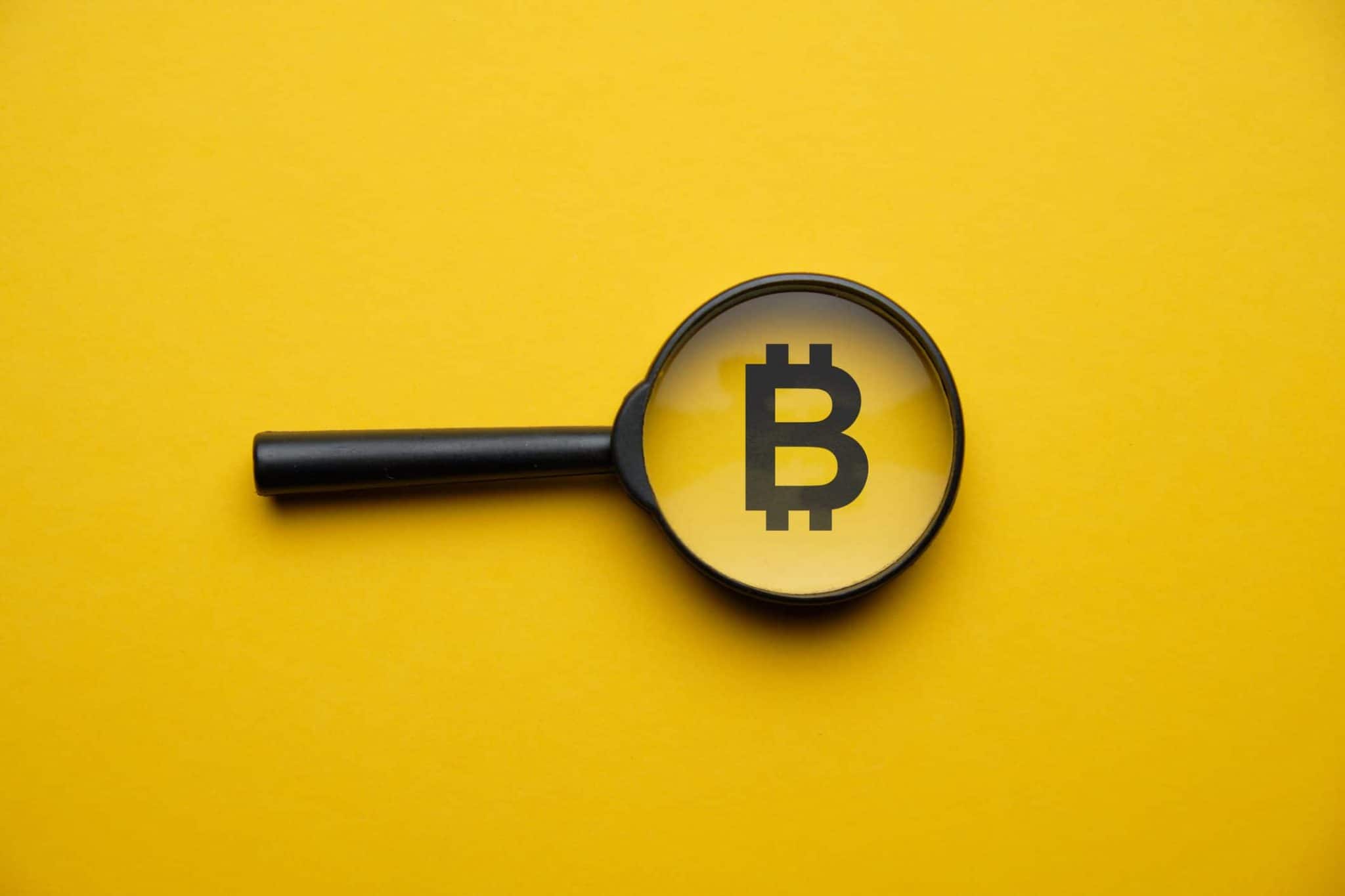Bitcoin (BTC) is a cryptocurrency token that operates on a blockchain network. Although the true identity of Satoshi Nakamoto, the creator of Bitcoin, is unknown, it is believed to be a pseudonym used by a group of developers or a single person.
Bitcoin is classified as a peer-to-peer electronic cash system, which requires a payment network that can manage accounts, balances, and record transactions. This is where the blockchain comes in, as it provides a decentralized ledger that enables the secure and transparent tracking of Bitcoin transactions.
The decentralized nature of Bitcoin means that there is no central authority controlling it, unlike traditional fiat currencies, which are issued and regulated by central banks. Instead, Bitcoin relies on a network of computers, known as nodes, to validate and record transactions on the blockchain.
Bitcoin has gained popularity as a means of investment, speculation, and even as a form of payment for goods and services. Its value can fluctuate greatly due to market forces, and it has been known to experience both rapid increases and sharp decreases in value. Despite these volatility, Bitcoin remains a popular and influential player in the cryptocurrency market.
Table of Contents
ToggleWhy Was Bitcoin Created?
Bitcoin was created to address a fundamental issue in the world of finance: double spending. This phenomenon occurs when a single entity attempts to spend the same amount of money twice, a feat made possible by the absence of a centralized authority to monitor and regulate transactions.
In traditional financial systems, a central server controlled by a bank or similar institution serves as the gatekeeper, maintaining a record of all balances and ensuring that double spending cannot occur. However, in a decentralized network, this central authority does not exist. Instead, every entity within the network is responsible for verifying and recording transactions, ensuring that each transaction is unique and valid.
To achieve this, every user in the network must maintain a complete list of all transactions, allowing them to verify the validity of future transactions. This decentralized approach allows for a secure and transparent financial system, free from the control of a single entity. Bitcoin’s innovative solution to the double spending problem has paved the way for a new era of decentralized finance, offering an alternative to traditional centralized systems.
How Does Bitcoin Work?
In order to send or receive Bitcoin tokens, a cryptocurrency wallet address is essential. When a user initiates a transaction, they must digitally sign it before broadcasting it to the network of miners. This decentralized network of miners, also known as nodes, work together to validate transactions through complex cryptographic puzzles.
Miners play a crucial role in the validation process, as they are the only entities capable of confirming transactions within the network. Once a miner confirms a transaction, they spread it across the entire network, ensuring that every node adds it to their database.
The confirmed transaction is then bundled with other transactions in a block, which is subsequently added to the previous block, forming a chain. This chain is known as the blockchain, a decentralized ledger that records all Bitcoin transactions. The blockchain’s decentralized nature ensures that no single entity controls the network, preventing manipulation and ensuring the integrity of transactions.
In summary, cryptocurrency wallets initiate transactions, miners validate them, and nodes add them to the blockchain, creating a secure and transparent decentralized network for Bitcoin transactions.
What Consensus Mechanism Does Bitcoin Use?
Bitcoin’s decentralized network relies on a consensus mechanism known as Proof-of-Work (PoW) to validate transactions and maintain the integrity of the blockchain. This mechanism incentivizes miners to solve complex cryptographic puzzles, which allows them to validate transactions and add them to the blockchain. As a reward for their efforts, miners receive BTC cryptocurrency tokens.
The PoW mechanism allows anyone in the network to participate in mining, either as an individual miner or by joining a mining pool. The BTC token rewards provide an economic incentive for miners to maintain the accuracy and transparency of the transaction history. This ensures that the Bitcoin network remains secure and reliable.
In summary, the Proof-of-Work consensus mechanism is the backbone of Bitcoin’s decentralized network, allowing it to operate securely and transparently. Through the incentivization of miners, the network can validate transactions and maintain the integrity of the blockchain.
Summary
Bitcoin has transformed the digital landscape by providing a secure and decentralized means of conducting transactions. Its innovative use of cryptography and token-based incentives has made it a pioneer in the world of cryptocurrencies, paving the way for a new era of digital transactions.








